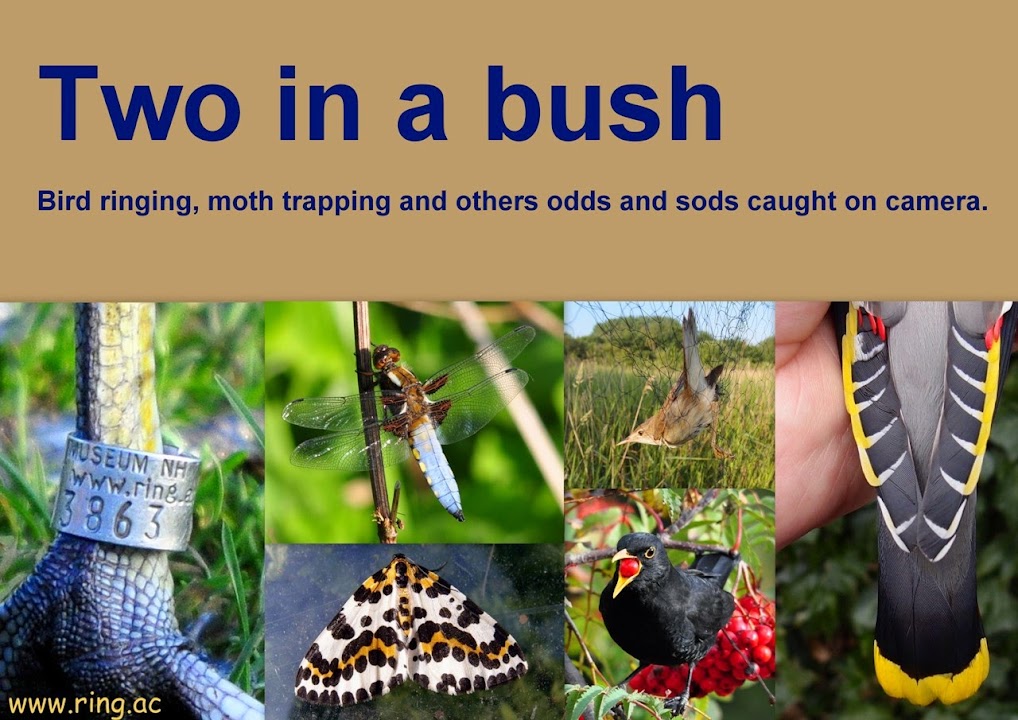 |
| Just a small part of one of the larger flocks of Woodpigeon. |
Ringing totals for 29th October: Goldcrest 15, Redwing 9, Meadow Pipit 3, Goldfinch 2, Lesser Redpoll 2, Yellowhammer 1. A control (ringed elsewhere) Reed Bunting was also caught and was one I already had details for. It was originally ringed as a juvenile at Scotmans Flash (6km to the east) on 30/07/13 and was also retrapped there (by me) on 15/04/14.
 |
| Reed Bunting |











































